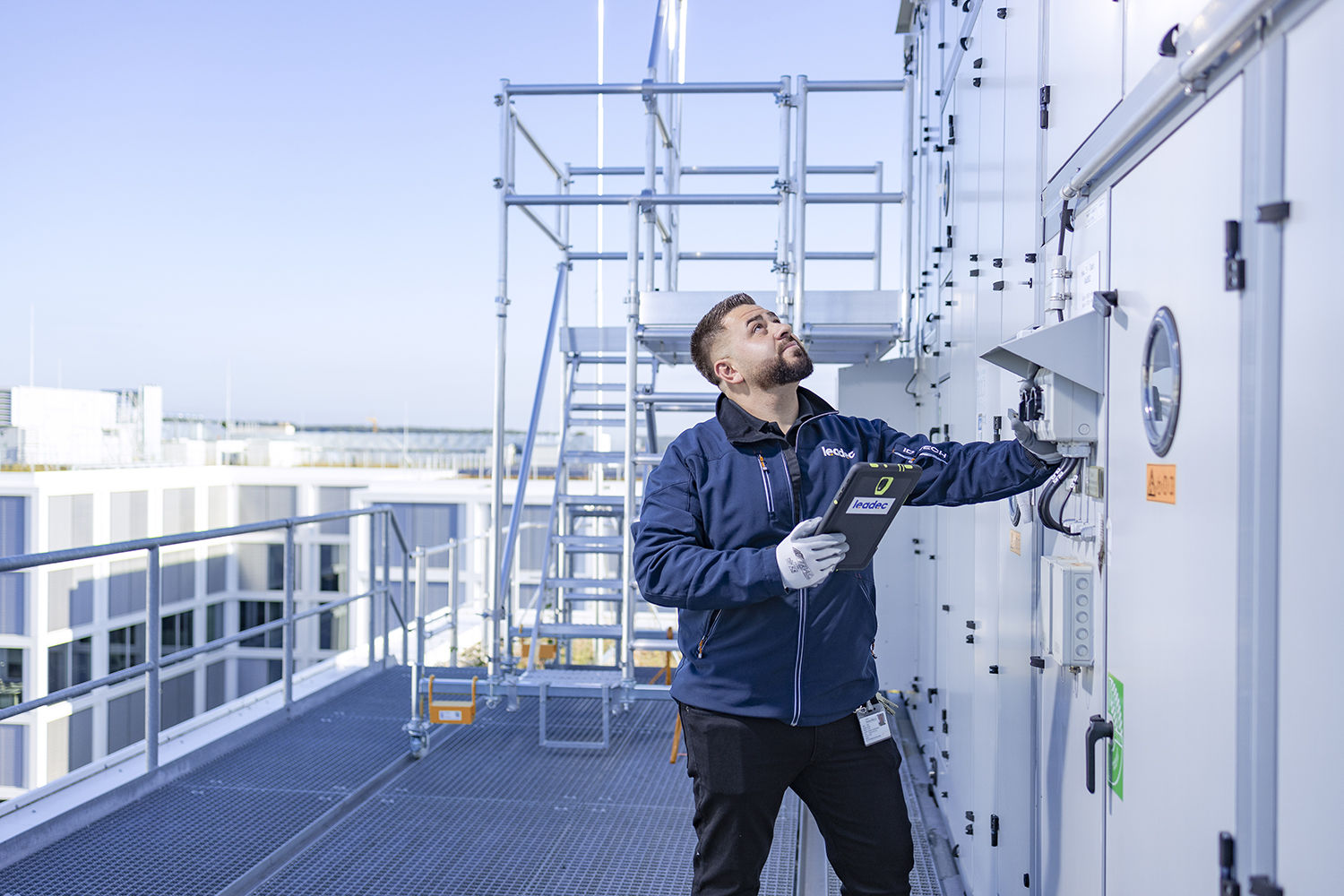Finest Practices for Streamlining Facility Management Processes and Protocols
Finest Practices for Streamlining Facility Management Processes and Protocols
Blog Article
Optimize Effectiveness and Safety: Best Practices in Facility Management
In today's quickly developing landscape, making best use of effectiveness and safety and security in center administration has become a critical emphasis for companies aiming to boost functional performance. By integrating wise modern technology, focusing on maintenance protocols, and promoting a culture of security, facility supervisors can significantly improve both productivity and conformity. The difficulty lies in efficiently applying these techniques while navigating the complexities of modern-day work environments. What particular strategies can be utilized to make sure that these efforts not just exist together however also reinforce each other in a sustainable fashion?
Embrace Smart Technology

Applying clever sensing units and automation systems permits accurate tracking of ecological problems, occupancy levels, and equipment performance. This data-driven strategy not only notifies decision-making but also supports predictive maintenance, lessening downtime and extending property life. Clever modern technology boosts customer experience by developing flexible settings that react to the demands of owners.
Incorporating wise platforms also promotes sustainability campaigns, such as energy-efficient illumination and cooling and heating systems, adding to lowered carbon impacts. By accepting these advancements, facility managers can ensure that their procedures continue to be affordable, durable, and lined up with contemporary sustainability objectives. Inevitably, the change towards smart modern technology represents a transformative step in redefining facility monitoring for an extra effective and sustainable future.
Prioritize Regular Upkeep
Routine maintenance is essential for making sure the long life and performance of facility operations. A well-structured upkeep program not only extends the life of tools and facilities however likewise decreases the likelihood of unanticipated failures that can disrupt procedures. By prioritizing normal maintenance, center supervisors can recognize potential concerns early, permitting timely treatments that reduce pricey repair work and downtime.
Developing a regular upkeep routine is important. This need to include normal assessments, maintenance, and needed repairs for all equipment, cooling and heating systems, plumbing, and electric systems. Using a digital maintenance administration system (CMMS) can streamline this process, giving tracking and notifies for upcoming upkeep tasks.
Additionally, fostering a culture of liability among personnel boosts the effectiveness of upkeep initiatives. Training employees to report and identify upkeep issues can bring about proactive administration instead than reactive reactions. In addition, recording maintenance activities makes certain compliance with security laws and provides important understandings for future preparation.
Implement Safety Training Programs
A detailed safety training program is vital for cultivating a protected workplace in any kind of center. Facility Management. Such programs equip employees with the understanding and skills essential to identify risks, carry out security methods, and react properly in emergency situations. By prioritizing safety training, organizations can considerably reduce the risk of injuries and accidents, thus improving overall efficiency
To execute an efficient safety training program, it is important to tailor the material to the particular requirements of the facility and its operations. This consists of performing a thorough risk evaluation to determine potential hazards unique to the workplace. Training needs to incorporate a selection of topics such as appropriate equipment usage, emergency discharge treatments, and more info first aid strategies.
In addition, it is essential to involve workers actively during training sessions. Using real-life scenarios and hands-on demos can improve understanding and retention of safety practices. Normal refresher courses need to also be set up to maintain security awareness at the center.
Optimize Area Utilization
Reliable area utilization is a vital element of facility administration that directly influences operational performance and cost-effectiveness. Organizations commonly have problem with underutilized or overcrowded rooms, bring about ineffectiveness and increased expenditures. To optimize room usage, center managers need to conduct normal evaluations to recognize exactly how rooms are currently being made use of and where enhancements can be made.
Applying versatile workspace styles, such as open workplace layouts or modular furnishings, can considerably improve adaptability to altering demands. Additionally, leveraging modern technology, such as space monitoring software, can supply beneficial insights into tenancy patterns and help determine underused locations.

Establish Clear Interaction Networks
Maximizing room utilization commonly discloses the need for robust communication techniques within a facility. Clear communication channels are vital for promoting reliable cooperation amongst team, upkeep teams, and monitoring. By developing these networks, center supervisors can ensure that information flows perfectly concerning space usage, operational changes, and safety protocols.
Implementing a multi-faceted communication approach-- combining electronic systems, such as e-mails and group cooperation devices, with in person interactions-- can considerably improve engagement and information circulation. Normal conferences ought to be set up to review continuous jobs, address issues, and share updates. Additionally, developing a central info hub, such as an intranet, permits staff members to access vital documents and announcements conveniently.
Additionally, comments mechanisms are necessary to determine the efficiency of communication strategies. Motivating personnel to share their understandings can bring about renovations and promote a culture of visibility. Training programs concentrated on interaction skills can further encourage workers to convey details clearly and properly.
Eventually, establishing clear interaction channels not just maximizes performance but additionally improves safety and security by making sure that everyone is notified and aligned with the center's operational objectives.

Conclusion
In verdict, the combination of smart innovation, regular upkeep, comprehensive safety and security training, optimized space application, and effective interaction channels jointly enhances effectiveness and safety and security in facility monitoring. By leveraging IoT and AI for real-time monitoring, companies can reduce functional costs while making sure conformity with security laws. A proactive technique to upkeep and training fosters a much safer office environment, eventually leading to improved efficiency and business success. These best methods act as important elements for reliable facility management.
In today's quickly progressing landscape, maximizing effectiveness and security in facility management has ended up being a critical focus for organizations aiming to improve functional efficiency. By incorporating wise modern technology, focusing on upkeep procedures, and promoting a culture of security, facility supervisors can dramatically boost both performance and conformity.To apply a reliable safety and security training program, it is critical to customize the material to the certain requirements of the facility and its operations. By establishing these channels, facility supervisors can make certain that details streams perfectly concerning space use, functional modifications, and security protocols.
In verdict, the assimilation of read more clever modern technology, routine maintenance, comprehensive safety and security training, enhanced area utilization, and reliable interaction channels jointly improves effectiveness and safety in center administration. - Facility Management
Report this page